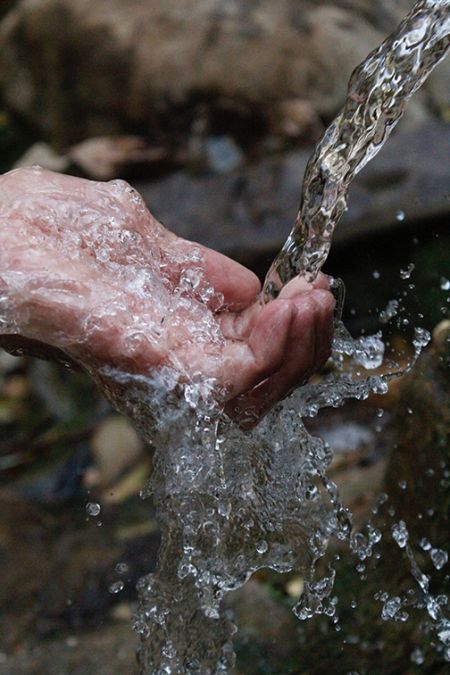Understanding Wisconsin Groundwater

Groundwater is perhaps the most crucial part of having a well. According to the Wisconsin DNR, around two-thirds of those living in Wisconsin are using groundwater for their drinking water supply. But what exactly is groundwater, and how does one properly utilize it safely within a home?
What is Groundwater and How is it Utilized?
Part of the natural water cycle, groundwater occurs when water accumulates in the cracks of fractured rocks and between soil particles. These areas, called aquifers, are typically made of sand, gravel, sandstone, or broken rocks like limestone. Due to the large connected spaces, which make these areas permeable, water can pass through these materials. The size of these spaces determines how fast the water will flow through the substance.
The Role of Aquifers in Groundwater Supply
Groundwater is present nearly everywhere; however, how easily it can be found is determined by the local water table. It can be very close to the surface or deep underground. The water table can fluctuate depending on a number of factors, such as melting snow and heavy rains, causing it to rise, or heavy usage via groundwater pumping, causing it to fall. Additionally, heavy rain and melting snow can recharge the supply of groundwater, refilling aquifers via seeping down between cracks in soil and rocks.
Natural and Man-Made Sources of Groundwater
Springs, lakes, and streams are natural sources of groundwater. Additionally, groundwater can be accessed via drilling into the supply and establishing a well. Wells can be fed via pump or the natural filling of them through pressure, such as in artisan wells.
The Impact of Pollution on Groundwater Safety
If the materials above an aquifer are permeable, this can lead to pollutants leaching into the groundwater supply. Landfills, leaky underground gas tanks, septic tanks, and the overuse of pesticides and fertilizers can all contaminate groundwater supplies. Once this happens, the supply is no longer safe to drink.
Importance of Proper Well and Septic System Planning
When planning a well, it is very important to properly survey the local water supplies. Additionally, when planning a septic system, you need to make sure that the system is properly installed and properly maintained; otherwise, leaks can contaminate local groundwater sources. Properly inspecting your septic system should be performed every 1 to 2 years.
Guardian Well and Septic: Ensuring Safe Drinking Water
At Guardian Well and Septic Inspections, our professional well and septic tank inspectors are proud to make sure your well and septic systems are running as they should. We will make sure your family’s drinking water is safe! As a proud member of WOWRA (Wisconsin Onsite Water Recycling Association), we make sure we adhere to the Private Onsite Wastewater Treatment System (POWTS) as set by WOWRA. We use our knowledge and expertise to check your well water, your septic system, and we will give you our unbiased results in a quick, efficient manner. Contact us today to schedule an appointment!
